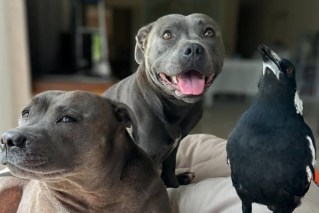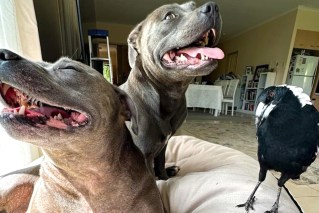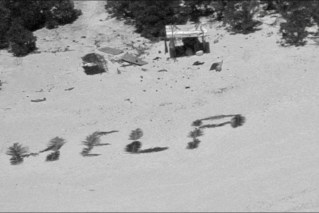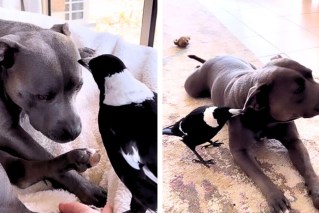Sea slug buffs comb Port Phillip Bay for some of Mother Nature’s weirdest creatures
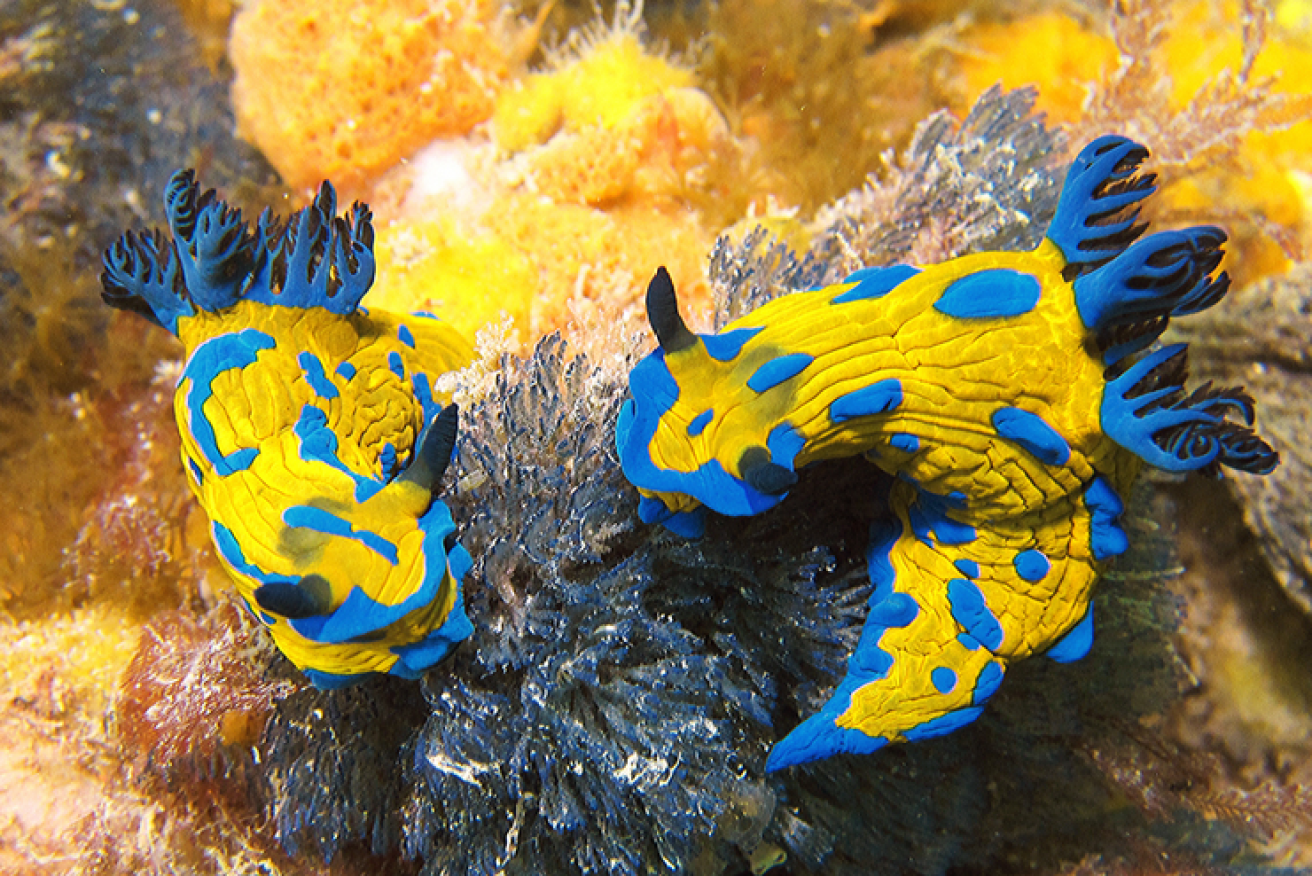
A pair of colourful sea slugs - Vercos Nudibranchs, to be precise - glow like gems on the seafloor. Photo: Underwater Australasia/Johnny Gaskell
They are one of the most photographed and “flamboyant” marine creatures off Melbourne’s shores, but scientists say they still know very little about sea slugs and their role in the ecosystem.
Divers and families have been invited to join the annual Sea Slug Census taking place across the country’s east coast, to help scientists gather information about the colourful creatures.
For the first time, citizen scientists will take to Port Phillip Bay and Westernport over the weekend in this year’s expansion of the census.
Information about the location, appearance and population of the nudibranchs will prove valuable to marine researchers, says Southern Cross University Professor Steve Smith.

Another of Port Phillip’s many colorful sea slugs. Photo: Australia Nature Conservancy
Mr Smith, director of the University’s National Marine Science Centre, says previous census events had gathered more data on nudibranchs than he ever thought possible.
“These nudibranchs are an underwater photographer’s dream as they are generally easy to spot, relatively immobile and highly photogenic – it’s like a treasure hunt,” he said.
More than 130 species were found outside their previously-known distribution range in previous census events, which have run since 2013, in places such as Nelson Bay, Sydney, Eden, Narooma and the Gold Coast.
The slugs have proved adaptable, with one variety surviving by sucking sap out of algae, passing the cells and putting them outside their body like solar panels – the cells photosynthesise and provide the slug with energy.
ReefsWatch Co-ordinator Kade Mills says the research is important because sea slugs have been “under studied”.
“There hasn’t been much done on ecology and how they fit into the broader picture,” Mr Mills told AAP on Saturday.
“We know so little about them, we don’t know if they are (endangered) or not.”
-AAP




